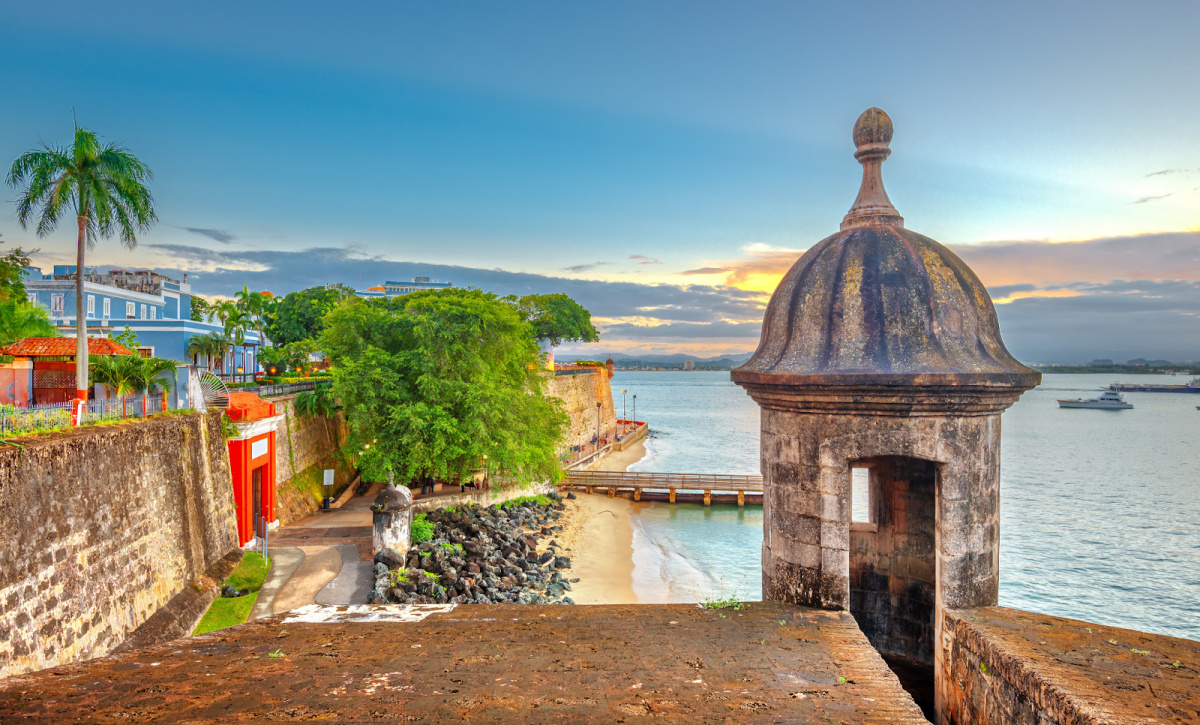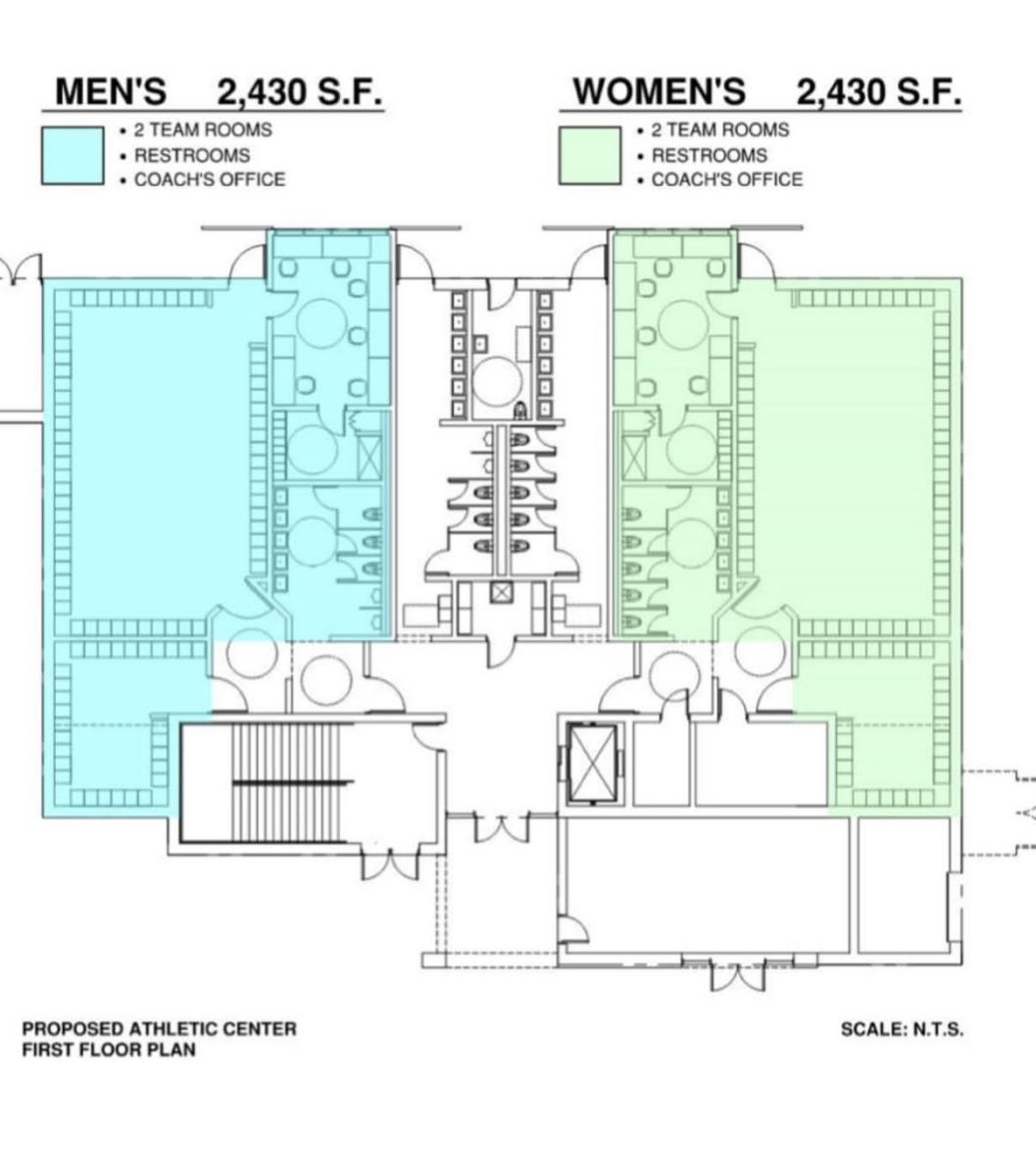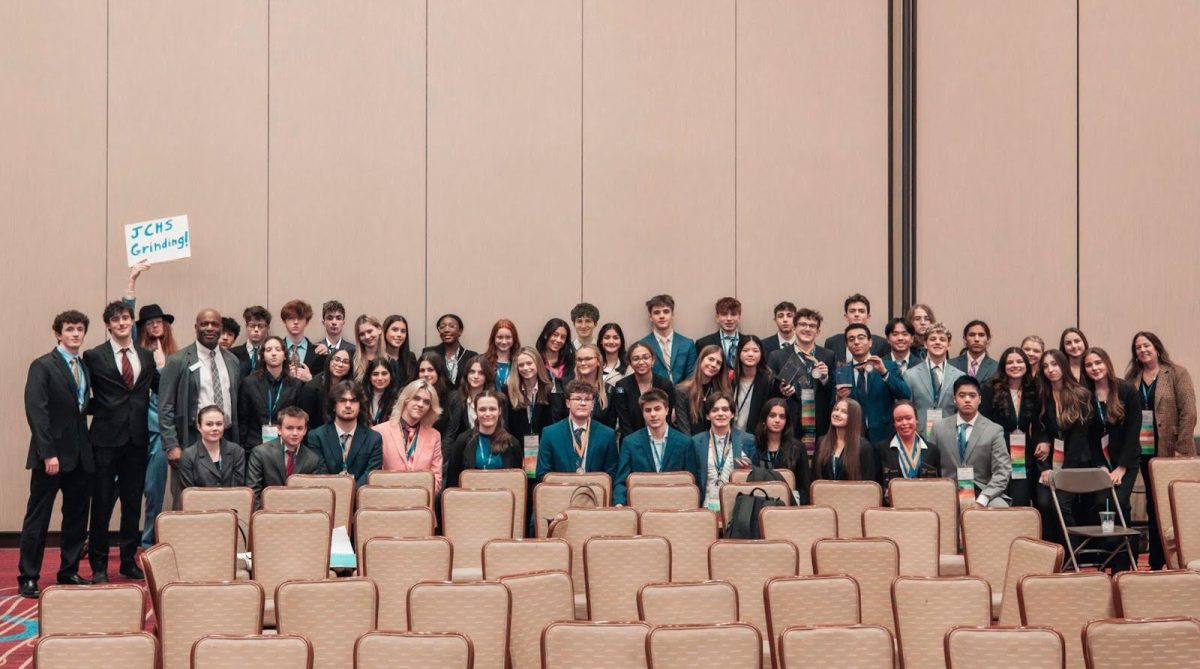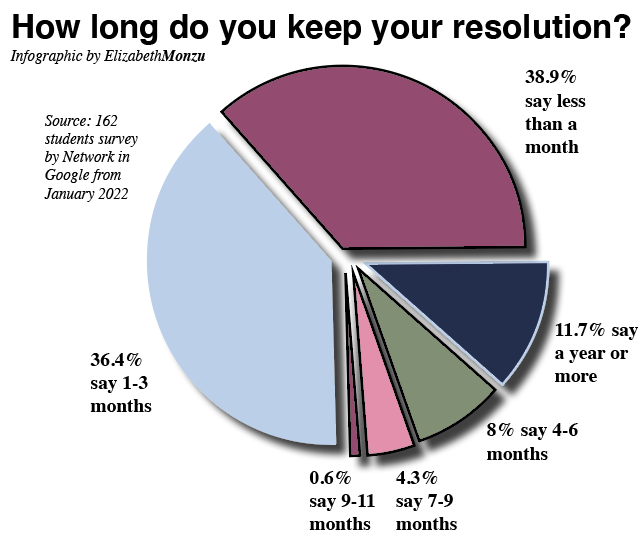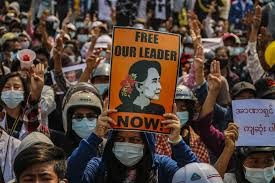
The military of Myanmar seized control of the government on February 1, 2021. This coup d’état occurred after a general election on November 8, in which the National League of Democracy (NLD) party took control of the presidency. Aung San Suu Kyi of the NLD won in a landslide victory that her opposition, the Union Solidarity and Development Party (USDP), claimed to be fraudulent. The military of Myanmar had backed the USDP and demanded a recount of the votes and accused the NDL of widespread voter fraud. The election commission determined that the vote was legal and rejected all accusations of fraud.
Myanmar has struggled with political, cultural, and social instability during much of its history. During World War II, the political atmosphere of Myanmar, then called Burma, was full of strife. The region, still ruled by the British empire, was divided socially and culturally between ethnic groups. Prior to the end of their colonization, the British government had reorganized Burma’s borders and ignored the previous sovereignty of enthic groups. Racially and culturally diverse people were now ruled by groups with whom they did not identify. This division affected Burma well after they were granted independence from British colonial rule in 1948. Burma was renamed Myanmar under the military rule of the State Peace and Development Council (SPDC) in 1989. This government was responsible for exploiting, displacing, and violating the human rights of the Karen, Karenni, and Mon enthnic groups. Following the creation of a new constitution, the military gave up some of its power in 2011 and created a semi-democratic system.
Aung San Suu Kyi, other members of the NDL, journalists, and political opposition were all detained by the military, who declared a one year state of emergency. The people of Myanmar have been peacefully protesting since the coup, but have been met with undue force and violence from military forces. The first casualties were two unarmed protestors, one of whom was a 16-year-old boy, killed on February 20 in Mandalay. By the first week of March, more than 60 people had been killed in protests. The military deployed soldiers in riot gear, extensive barricades, and rooftop snipers in order to harass and intimidate peaceful protesters. Ma Yandana Muang, a spokeswoman for a social advocacy group, says the military is using “tools to brutally crack down on peaceful protesters risking their lives to resist the military junta and restore democracy” (New York Times).
The international community has been watching the events in Myanmar closely. The Biden administration has voiced concern and threatened the military, led by commander-in-chief Min Aung Hlaing, with unspecified sanctions. Ravina Shamdasani, of the United Nations human rights office, said they “condemn the escalating violence against protests in Myanmar and call on the military to immediately halt the use of force against peaceful protesters” (New York Times). Other leaders have demanded that the vote of the people be respected and the detainees be released. There has also been sharp backlash to the military’s crackdown on unarmed protestors.
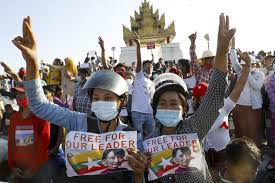
This is not the first time in Myanmar’s history that the military has taken control of the government through a coup d’état. In 1962, democracy was suspended after a coup and a Burmese nationalist government took control of the nation. Of the 2021 coup, UN Secretary-General António Guterres said it was a “serious blow to democratic reforms” (BBC). Anti-coup protesters are determined to not let this chaos and uncertainty undermine Myanmar’s democractic progress, like it has in the past.




